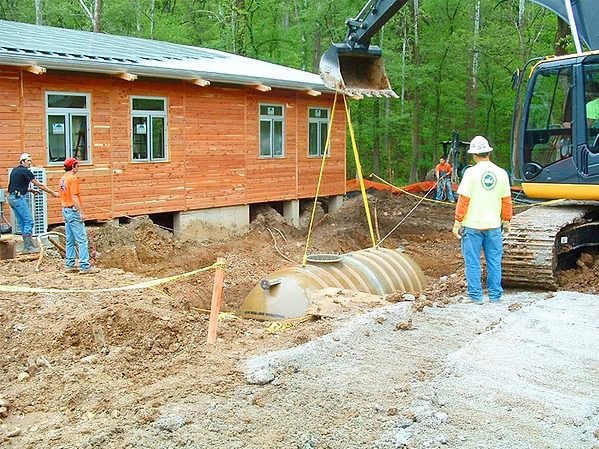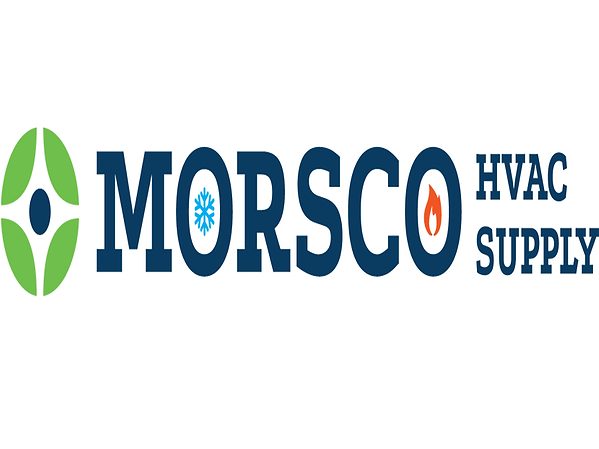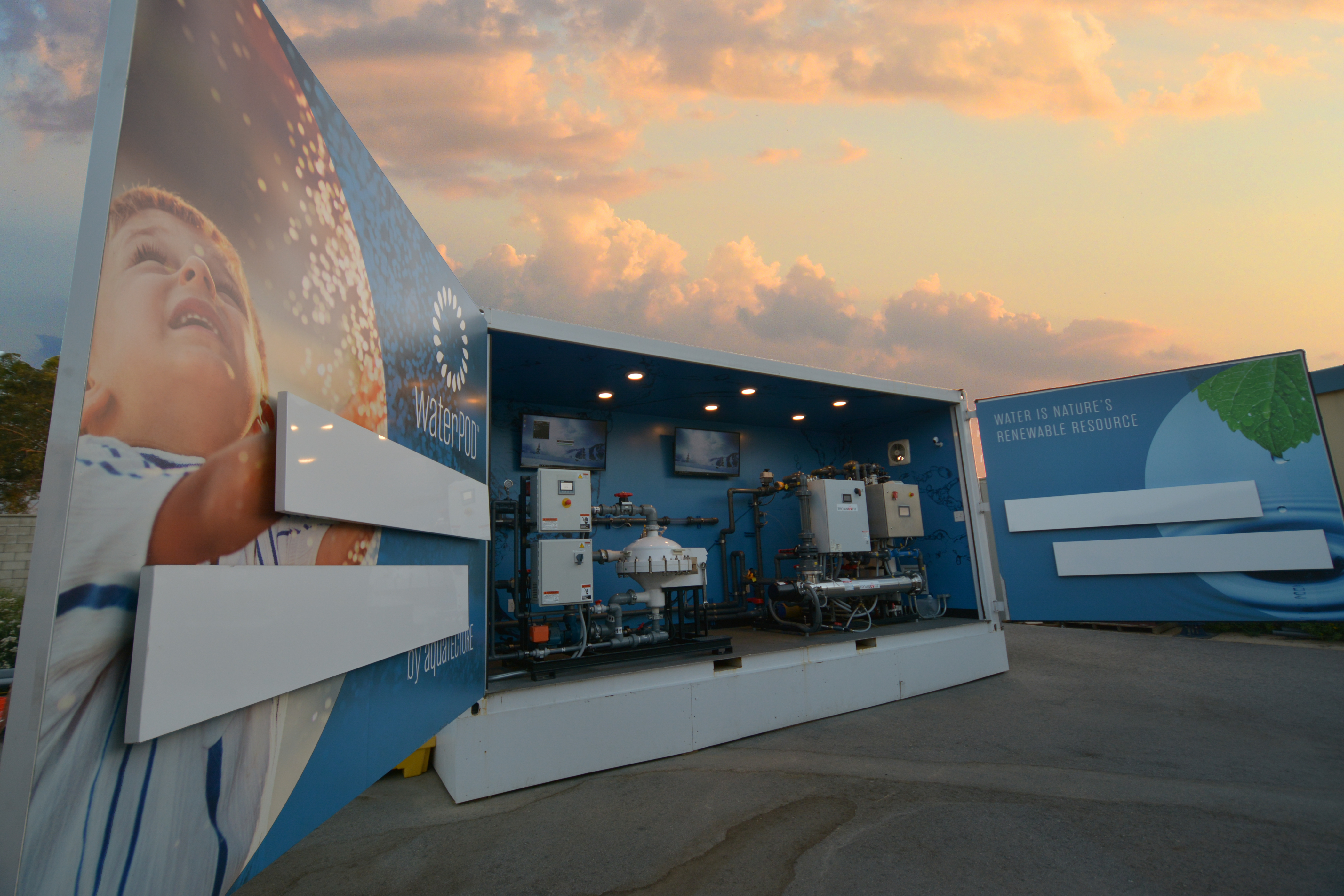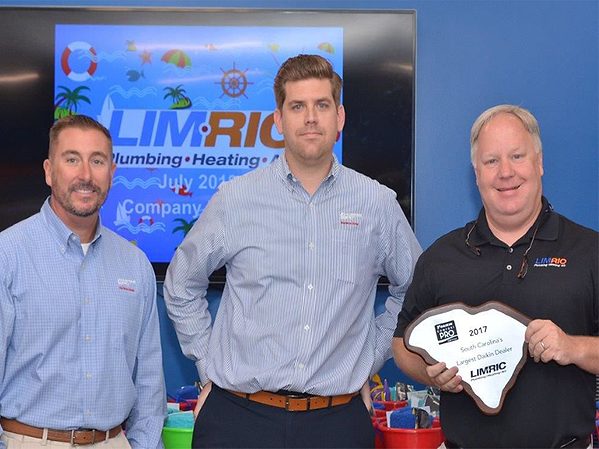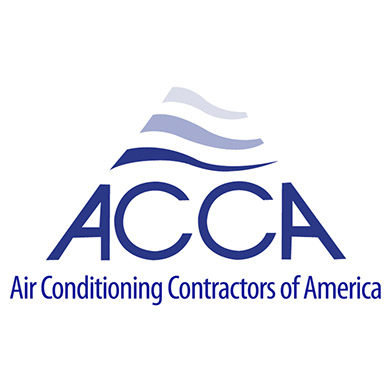Featured Stories
The Future is Now
Water-Positive Buildings Are Bubbling Up
When combined with modern technology, reclaimed water methods can be used effectively in commercial applications.
Read More
Code Classroom
Water Quality Standards & Legislation
A look at how the U.S. and other countries protect drinking water for their citizens.
Read More
Plumbing Engineer's Top 10 in Their 20s
Young engineers shine through commitment, perseverance and tenacity.
Read More

